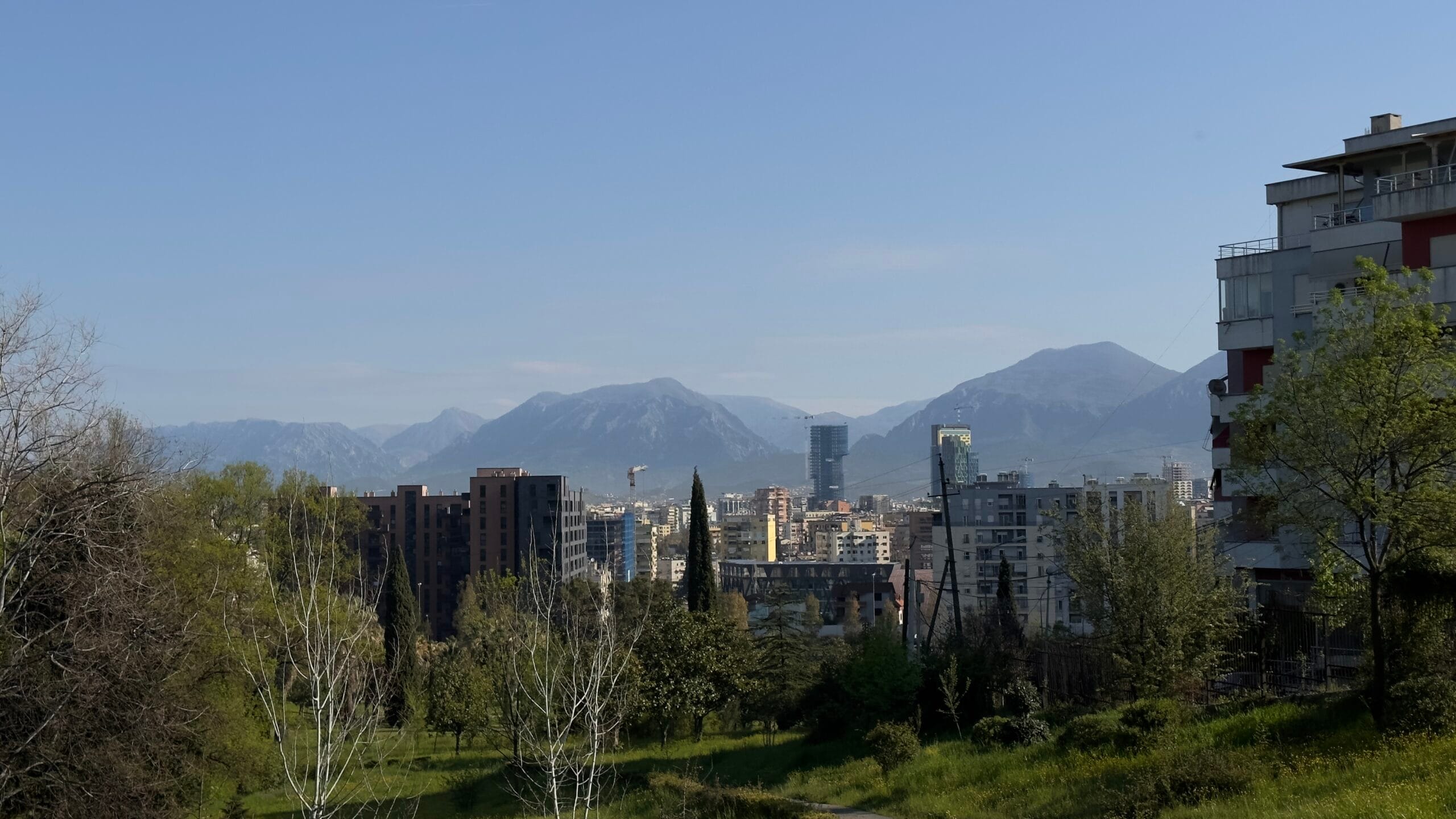
The Capital City of Albania – Journey Through 4 Cities
The story of Albania's capitals is one of shifting power centers, each leaving its mark on the country. The current capital is Tirana.
Your First 10 Rides Discounted 🚕
Use "WEB" as your referral code, for a free 50 Toko bonus.
Albania’s capital city has been a mirror of the nation’s history, reflecting its journey from ancient times to the present day. The story of Albania’s capitals is one of shifting power centers, each leaving its mark on the country’s rich tapestry.
Ancient Roots
Long before Tirana became the heart of Albania, the land was home to various Illyrian tribes. These Indo-European peoples shaped the early history of the region. The city of Scodra (Modern Shkodër), founded in the 4th century BC, served as the capital of the Illyrian kingdom of Ardiaei and Labeatae, marking one of the earliest known capital cities in the area.
Medieval Shifts
As empires rose and fell, so did the centers of power in Albania. In the medieval period, several cities held the distinction of capital, each representing a different era of rule:
Krujë: Skanderbeg’s Stronghold
In the 15th century, Krujë became the capital of Skanderbeg’s realm. This fortress city played a crucial role in resisting Ottoman expansion, symbolizing Albanian resistance and independence.
It’s also a short trip from Tirana, taking around 50 minutes by car from Tirana to Kruje castle.

If you want to book a quick trip to Kruje via taxi, check out Patoko. (Pictured above.)
The Historic Castle
The town’s crowning glory is Krujë Castle, Albania’s most famous fortress. This stronghold gained legendary status during the 15th century when Skanderbeg successfully defended it against three Ottoman sieges. The castle complex now houses the Skanderbeg Museum, offering deep insights into Albania’s national hero and his resistance against Ottoman forces.
Cultural Heritage
The Ethnographic Museum, housed in an 18th-century Ottoman mansion within the castle walls, provides a fascinating glimpse into traditional Albanian noble life. Its fifteen rooms showcase period furnishings, traditional clothing, and household items that tell the story of Albania’s past.
Principality of Arbër
The late 12th century saw the emergence of the Principality of Arbër, with its capital in Krujë. Founded by archon Progon in 1190, this principality marked a significant step towards Albanian self-governance.
The Ottoman Era and Independence
The Ottoman Empire’s conquest in the 15th century brought significant changes to Albania’s political landscape. It was during this period that the foundations for modern Albania were laid:
Vlora: The First Modern Capital
When Albania declared independence in 1912, Vlora was chosen as the first capital of the modern Albanian state. This coastal city, with its strategic location, briefly held the honor of being the nation’s center.

Tirana: The Permanent Capital
The most pivotal moment in Albania’s capital city history came on February 11, 1920, when the Lushnja Congress declared Tirana the provisional capital. This decision was made permanent in 1925, marking the beginning of Tirana’s transformation into the country’s political and cultural hub.
The Birth of Modern Tirana
Tirana’s origins can be traced back to 1614 when Sulejman Pashë Bargjini established the core of the city with a mosque, a hamam, and a bakery – the essential institutions of a new Ottoman town. Over the centuries, Tirana grew from a small trading center into a bustling metropolis.
20th Century Development
The early 20th century saw significant development in Tirana. Italian architects designed the city center, including the main boulevard, Bulevardi Dëshmorët e Kombit, built in 1930, and Skanderbeg Square, constructed between 1928 and 1929.
Airports: Connecting Albania to the World
As Albania progressed through history, its need for international connectivity grew. The development of airports reflects this evolution:
Tirana International Airport Nënë Tereza
Named after Mother Teresa, this airport serves as Albania’s primary international gateway. Its growth from a small airfield to handling over 7 million passengers in 2023 shows Albania’s journey to integration with the global community.
Kukës International Airport
Opened in 2021, this airport in northeastern Albania symbolizes the country’s efforts to develop its more remote regions, echoing historical patterns of shifting centers of importance.
Vlora International Airport
Set to open in 2025, this airport brings us full circle, connecting Albania’s first modern capital with the world. Its construction represents Albania’s continued growth and ambition on the international stage.
From ancient Illyrian strongholds to the modern metropolis of Tirana, the story of Albania’s capitals is one of resilience, adaptation, and progress. Each era has left its mark, contributing to the rich history that is modern Albania.
Common Questions:
What is the current capital of Albania?
Tirana has been Albania’s capital since 1920. The city became the permanent capital in 1925 and remains the political, economic, and cultural center of Albania today.
How many capitals has Albania had throughout history?
Albania has had 4+ capitals, including:
- Shkodër (Ancient Scodra) – Illyrian period
- Krujë – During Skanderbeg’s era
- Vlora – First capital of independent Albania (1912)
- Tirana – Current capital (1920-present)
When is the best time to visit Albania’s historical sites?
Spring (April-June) and fall (September-October) offer the most pleasant weather for exploring. Summer months can be quite hot, especially in Tirana and Vlora, while winter visits to Krujë can be challenging due to its mountainous location.



